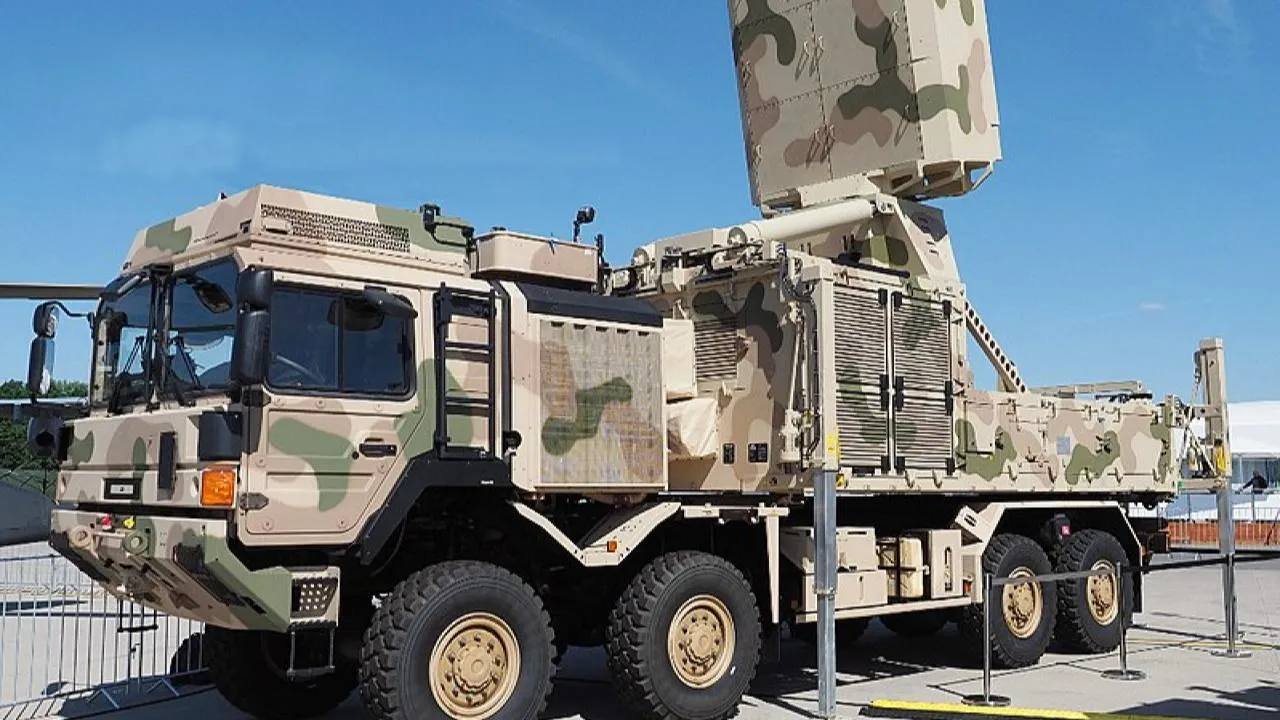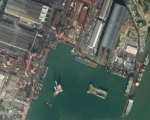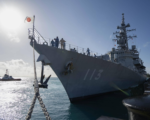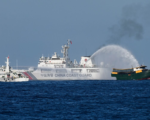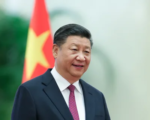The United States has decided to maintain its mid-range Typhon missile system in the Philippines, despite protests from China. The missile system, capable of launching cruise missiles with a range exceeding 1,600 km, was initially deployed earlier this year for joint military exercises between the U.S. and the Philippines. While the exercises have concluded, U.S. officials, in coordination with the Philippine military, continue to test the system’s feasibility for future conflict scenarios, particularly in the Indo-Pacific region.
The Typhon missile system remains stationed in the northern Luzon region, strategically located near the South China Sea and the Taiwan Strait. This area has been the scene of increasing confrontations between China and the Philippines over disputed maritime territories. U.S. and Filipino forces have continued training with the missile system, and there are no immediate plans to remove it, according to multiple sources familiar with the matter.
The deployment has stirred tensions with China and Russia, with both countries condemning the move as an escalation of military tensions in the region. China has accused the U.S. and the Philippines of fueling an arms race, while Russia has referenced the deployment as justification for resuming production of nuclear-capable missiles. Despite these criticisms, Philippine officials, including Foreign Affairs Secretary Enrique Manalo, have assured China that the missile system does not pose a threat to regional stability.
Strategically, the U.S. sees the Philippines as a crucial partner in the Indo-Pacific, particularly in the event of a Chinese attack on Taiwan. The missile system, which is modular and mobile, provides a significant defensive capability that could be swiftly deployed if necessary. For Manila, the presence of the Typhon missile system serves as a deterrent to Chinese aggression in the South China Sea, where Beijing has fully militarized several islands despite a 2016 international ruling favoring the Philippines.
This move comes as part of the U.S. military’s broader efforts to increase its anti-ship capabilities in the region. The U.S. plans to acquire more than 800 SM-6 missiles in the coming years, and thousands of Tomahawks are already in its arsenal. With China maintaining a significant missile lead in the region, the U.S. is working to close the gap through deployments like the Typhon system in the Philippines, a development likely to keep tensions high in the Indo-Pacific.


